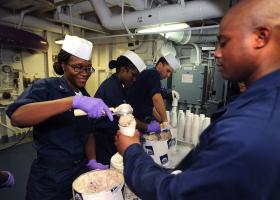 General Order 99
General Order 99
One hundred and six years ago next month, on July 1, 1914, Secretary of the US Navy Josephus Daniels issued General Order 99, banning “the use or introduction for drinking purposes of alcoholic liquors on board any naval vessel, or within any navy yard or station.” The US Navy had ended the rum ration in 1862 and imposed progressively more stringent restrictions on what alcohol sailors could have on shipboard. General Order 99 ended even the serving of alcohol in the wardroom and the captain’s cabin.
Prohibition and Ice Cream
Six years later, in 1920, the entire country followed the Navy’s example. With the ratification of the 18th Amendment, the United States banned the production, importation, transportation, and sale of alcoholic beverages. The thirteen year period known as Prohibition led to the growth of criminal gangs and the proliferation of “speakeasies,” illegal drinking establishments.

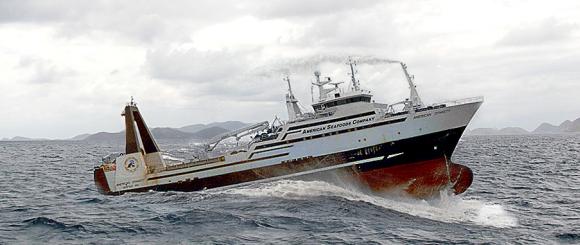
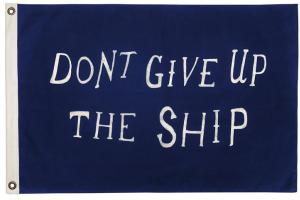 On June 1, 1813, two hundred and seven years ago today, the British frigate
On June 1, 1813, two hundred and seven years ago today, the British frigate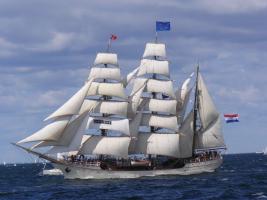 The
The 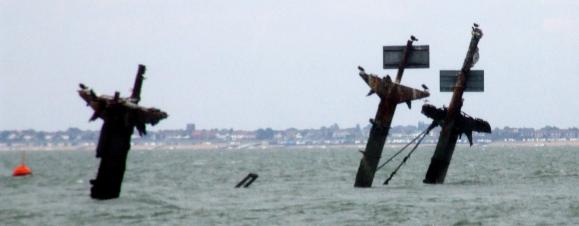 Three rusting masts rise from the Thames Estuary, off Sheppy Island, not far from Sheerness. They are the masts that once supported the swinging booms on the Liberty ship USS Richard Montgomery, which sank with a cargo of high explosive bombs and other munitions in 1944. The wreck still contains an estimated 1,400 tonnes of potentially highly volatile explosives. The remaining munitions are too dangerous to remove and also too dangerous to ignore.
Three rusting masts rise from the Thames Estuary, off Sheppy Island, not far from Sheerness. They are the masts that once supported the swinging booms on the Liberty ship USS Richard Montgomery, which sank with a cargo of high explosive bombs and other munitions in 1944. The wreck still contains an estimated 1,400 tonnes of potentially highly volatile explosives. The remaining munitions are too dangerous to remove and also too dangerous to ignore. 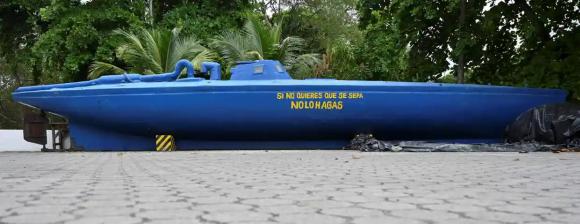
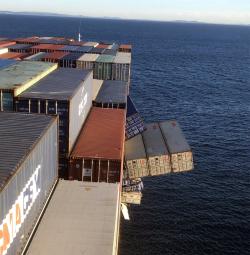
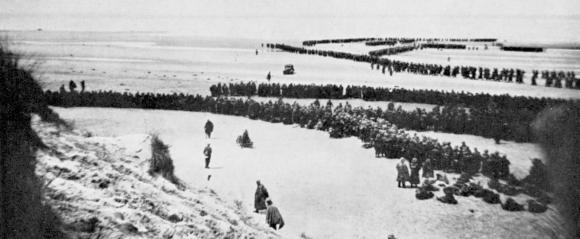 Eighty years ago today, on May 26, 1940,
Eighty years ago today, on May 26, 1940, 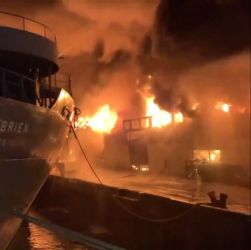 A major fire broke out on Saturday morning in a warehouse on Pier 45 on San Francisco’s Fisherman’s Wharf which came very close to the engulfing the historic World War II
A major fire broke out on Saturday morning in a warehouse on Pier 45 on San Francisco’s Fisherman’s Wharf which came very close to the engulfing the historic World War II 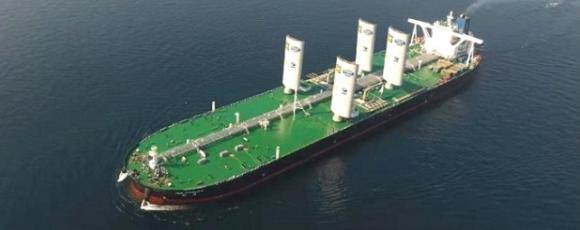
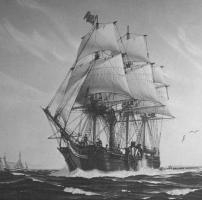 In the United States, May 22nd is celebrated as
In the United States, May 22nd is celebrated as 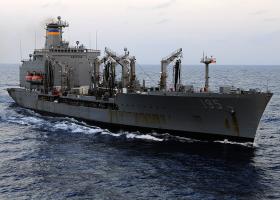 The latest coronavirus outbreak on a Navy ship is on the Military Sealift Command’s (MSC) fleet replenishment oiler,
The latest coronavirus outbreak on a Navy ship is on the Military Sealift Command’s (MSC) fleet replenishment oiler, 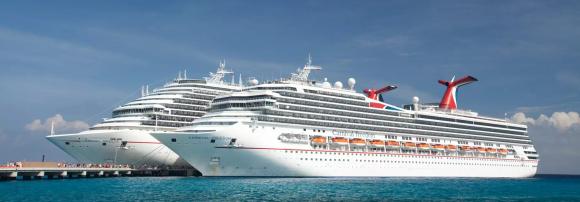 The
The 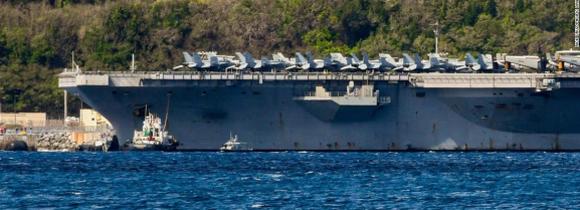 Yesterday, we posted about 5 sailors from the aircraft carrier USS Theodore Roosevelt who appeared to have contracted the coronavirus for a second time. That number has now risen to 13.
Yesterday, we posted about 5 sailors from the aircraft carrier USS Theodore Roosevelt who appeared to have contracted the coronavirus for a second time. That number has now risen to 13. 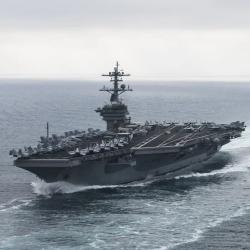 Five sailors on the aircraft carrier
Five sailors on the aircraft carrier  More than
More than